In the past I used only software plugins for sounds effects like reverbs, filters , chorus, flanger and delays, but while mastering my first album at Groove Unlimited I heard how much better their hardware reverbs sounded. So I started looking for some outboard gear myself as well. The advantage of outboard gear is off course that it is dedicated for that purpose only and it saves a lot of CPU usage on the audio PC. Disadvantage is that syncing is a bit more difficult and you have to compensate for latency. But Sonar takes care of that for me. In the pictures you can see my favorite outboard reverbs just below the RME ADI-648 and Apogee Big Ben. From the top down they are: Quantec Yardstick 2402/f, Eventide Eclipse, Bricasti M7 and Lexicon PCM96 Surround. I use at least two of these in almost every track I made recently. But there are more processors. You can find all of them in the equipment section of the studio menu.
In the picture on the right you see a simplified version of my studio tech schematic again with only the relevant stuff on it for my effects equipment. I have a combination of analog and digital Sound Effect Processors. The analog processors are connected to one of the AD/DA converters either directly or through the SMP16 patch-bay. The digital Sound Effect Processors either have ADAT and are directly connected to the RME ADI-648 or they have SPDIF or AES/SBU and are connected to the Friend-Chip. The Friend-Chip converts the SPDIF or AES/SBU signals again into ADAT and is connected to the ADI-648 again. In every case the signal goes in two directions. The clean signal goes from the PC into the sound effects processor and the processed sound comes out again and is send back into the PC. And as said in the Midi Routing article the midi connections are used to synchronize the Effect Processors to the BPM of the Sonar Project through Midi Clock.
To be able to do this I use a special plug-in in Sonar called 'External Insert'. In this plug-in I can configure the input and output channel that the outboard Sound Effects Processor in connected to. When this is done you need to set the outboard gear into bypass mode so it does nothing but send back the signal it receives unaltered. Then you click a button on the plug-in and it measures the time it takes to receive the audio back that it sends out. It then uses this time to compensate the delay when you run audio from Sonar through this plug-in. And then you just save the effect you just configured as a preset and you are ready to go. I usually then setup a audio bus in Sonar so that I can send a certain amount of signal from an instrument track into that buss. And then I set the external outboard gear to 'full wet' so that it only sends back the processed signal without the original 'dry' signal.
I said before that I had some Sound Effects Processors that were connected directly to the RME ADI-648 with ADAT. You might wonder why they need 8 channels. Well some of them are capable of doing Surround Sound Processing even or do multiple effects at the same time. And there for it uses more than 2 channels that would be necessary for stereo processing. You can see two of these ADAT connected machines in the picture. On the left is the Eventide H8000 and on the right the Kurzweil KSP8. Both very powerful effect processors that can do surround, but usually I use the Eventide in a Dual Stereo setup and the Kurzweil even in a Quadruple Stereo setup. So the eventide runs 2 different algorithms at the same time and the Kurzweil does 4! It is great that these effects all are usable in Sonar through the External Insert Plug-in, just like you would use a software plug-in, but then you do get the sound of the outboard gear.
700 FM Voice Scroll
12 hours ago







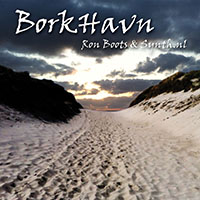
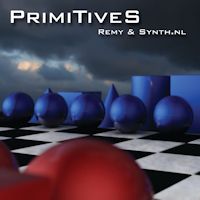
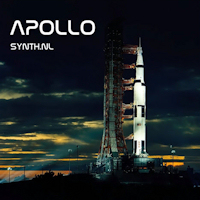
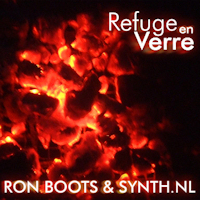
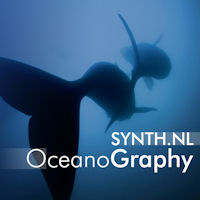
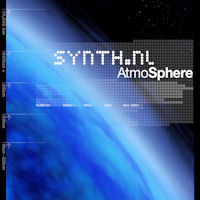
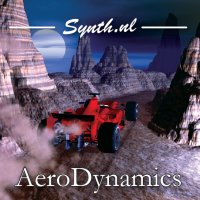
No comments:
Post a Comment